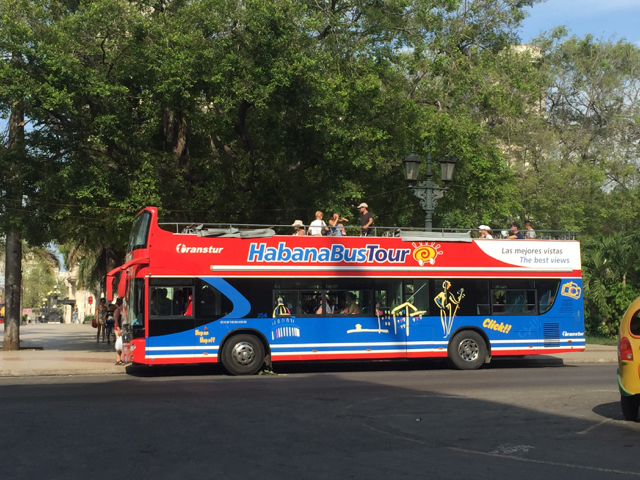
On July 20, 2015, the Cuban embassy in Washington DC was reestablished after 50+ years. Meanwhile, US intersection opened in Havana, Cuba on the same day. I happened to witness this historic moment with some Cuban artists at their studio in Havana. Their reaction to the events was overwhelming! They were singing, clapping and in tears to […]
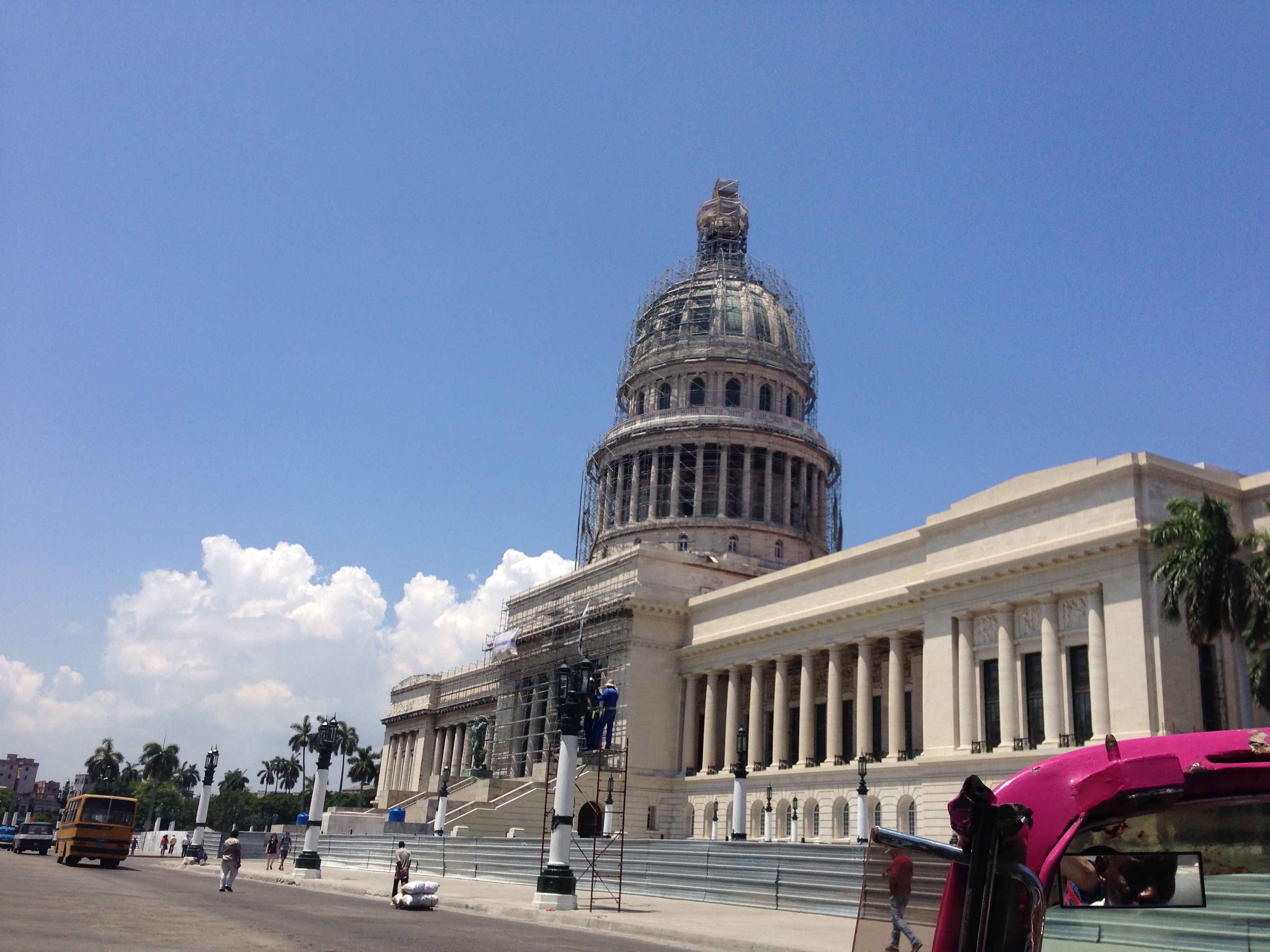
Whether you’re looking for delicious food, vintage car rides, architectural gems, or lively dance, Cuba has it all. Here are the best reasons to visit Cuba… 1. Tour Havana in a classic American car. Drive through Havana in a vintage Chevrolet convertible for a once-in-a-lifetime experience! Adolfo, our guide/driver of a bright pink Chevy, tested […]
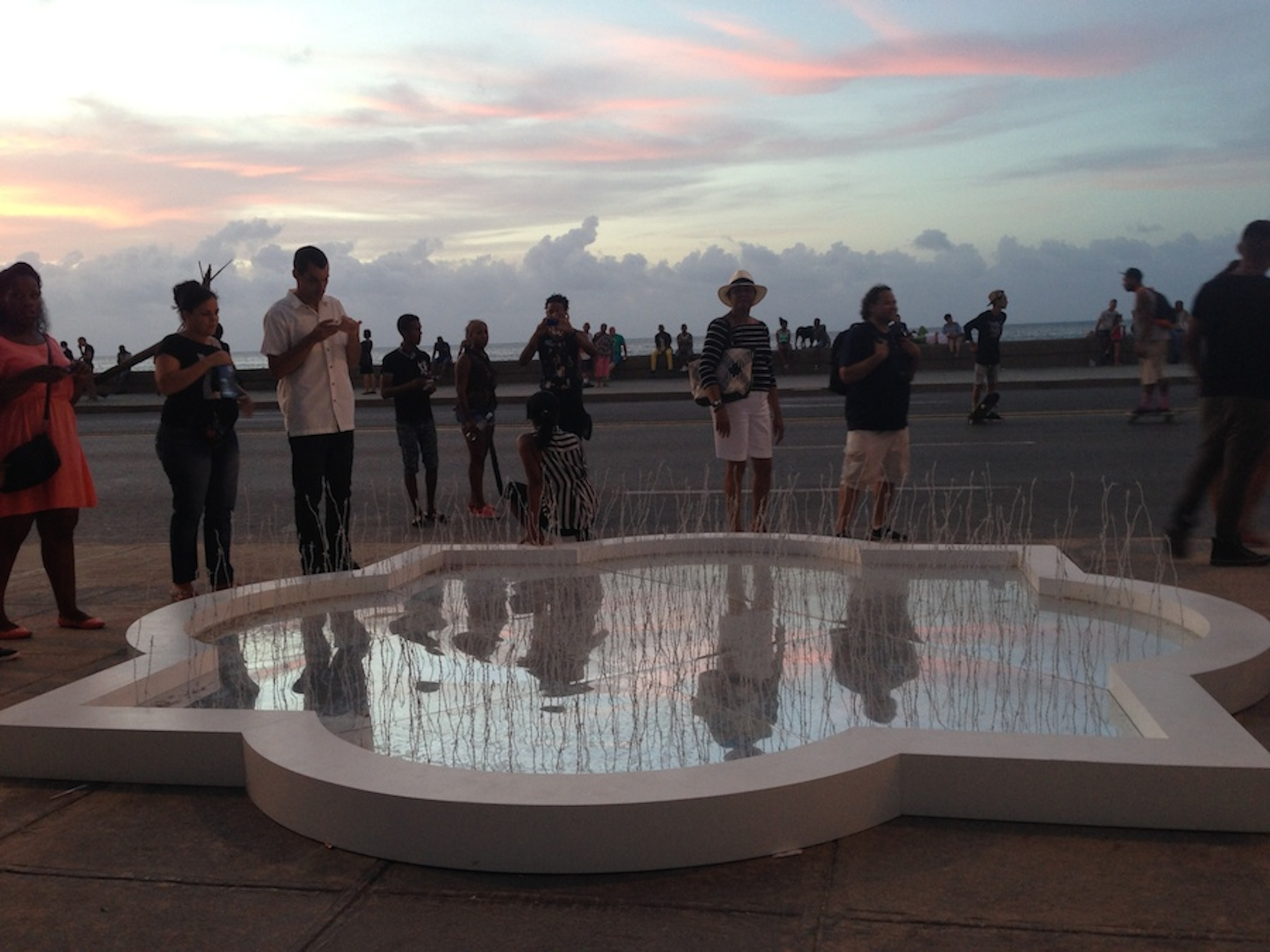
The air buzzed with excitement outside the Factoría Habana in Havana Vieja. Cubans and people from around the world, gathered outside the gallery, eagerly awaiting the opening. Right away, art aficionados dressed in trendy outfits, streamed into the building. Within minutes, the entire gallery was full of people looking at art, chatting with friends, taking […]
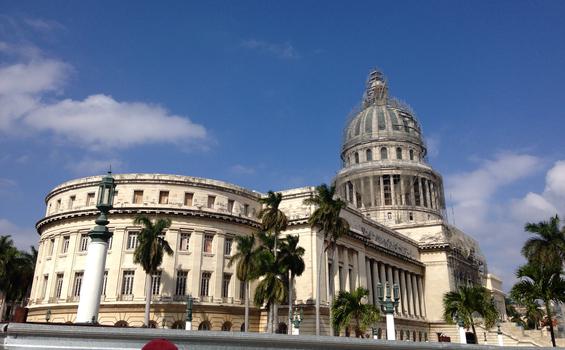
Cuba is an opportunity to relive life as we enjoyed it in the 1950s. Being in that warm and friendly country is experiencing an environment held motionless in time for more than 50 years. That does not mean that the country is not progressing, only that it had its more noticeable growth period in the years […]
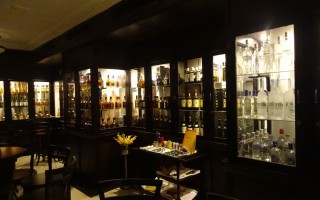
Sloppy Joe’s is a historic bar located in Old Havana and one of the must-visit places in Cuba. The landmark sandwich shop opened in the 1930’s. It is believed that the name originated from the unkept nature of the restaurant or the fact that it had “ropa vieja” Spanish version of a sloppy joe as […]
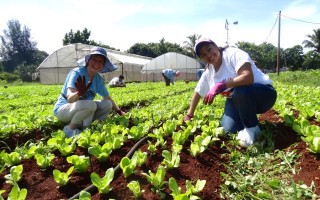
One of the projects Go Eat Give supports through international volunteerism is an organic community farm in Cuba. A few miles outside of Havana, a large public housing project was created for people who could not afford to live in the city. In 1997, four agronomist Cubans started an organic urban farm, Vivero Alamar as a way to feed […]
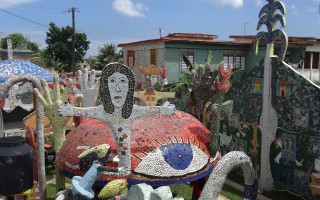
One of the places you must visit in Havana, is the community project of Cuban artist, José Rodriguez Fuster. Located in the northwestern part of Havana, the town of Jaimanitas can also be known as Fusterlandia.
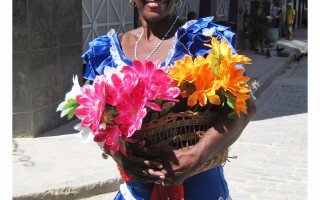
Isn’t it amazing how travel can change your perspective? This probably applies no matter where you go. Yet, I think observing the daily routines of people in another country brings unique perspective. Having a cultural benchmark can focus your thinking on what’s important in life.